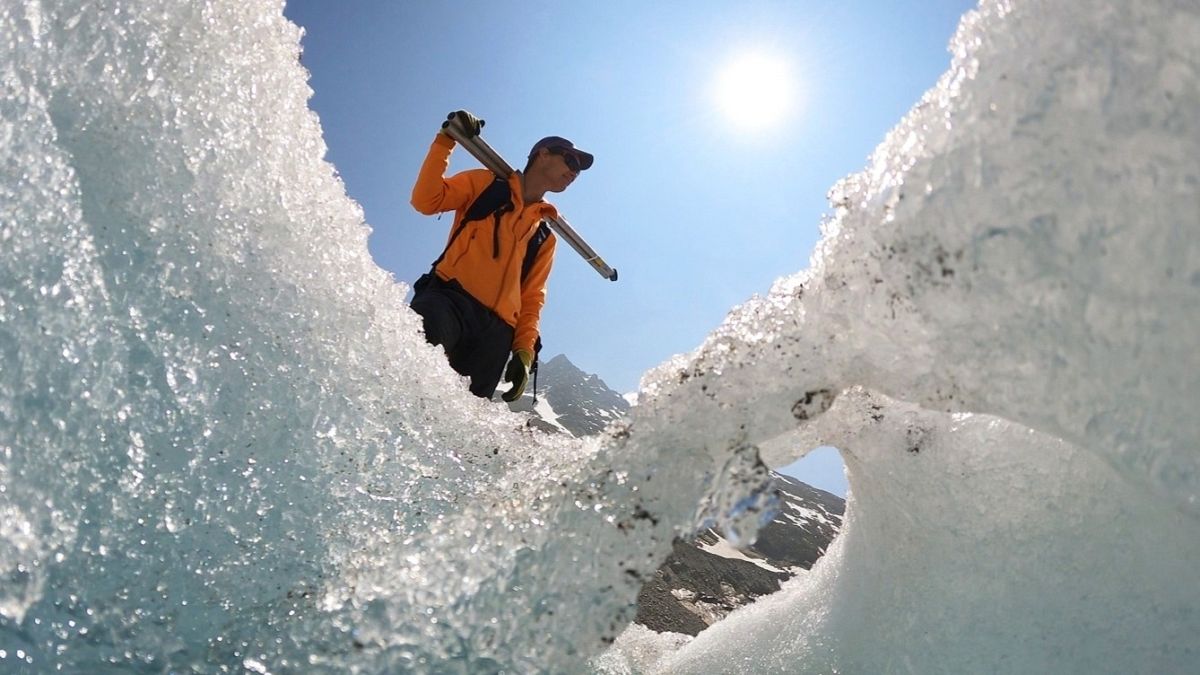

In a world increasingly attentive to the whispers and roars of nature, several poignant narratives emerge, painting a picture of resilience, innovation, and the pursuit of harmony with our environment. These interconnected stories underscore both the challenges posed by climate change and the creative responses that are arising in diverse locations worldwide.
The melting glaciers of the Alps, often likened to “Swiss cheese” due to their rapid shrinkage, quietly underscore a pressing reality. As these ice masses dwindle, they influence critical aspects of life, from agriculture and fisheries to drinking water levels. In regions where rivers cross national boundaries, such shrinkage could even precipitate border tensions over water rights. The ripple effects of glacial retreat extend beyond mere environmental concern, sparking discussions about sustainable water management and conservation strategies.
On a different front, the deserts of Qatar are witnessing a hopeful narrative of innovation and adaptation. With its naturally arid climate, Qatar faces inherent challenges in water conservation. Yet, two local eco-friendly tech companies are pioneering moisture-capturing technologies, drawing water from the atmosphere for human consumption and agriculture. This endeavor not only exemplifies creative resilience in the face of climate change but also highlights the potential for synergy between technology and nature in overcoming environmental obstacles.
Birdlife in Europe offers another storyline of rejuvenation. The gradual return of vulture populations in Bulgaria is a testament to successful conservation efforts. These efforts signal a move towards greater biodiversity after centuries of bird persecution. However, it is a fragile recovery, one threatened by ongoing human activities. As vultures reclaim their skies, their story emphasizes the need for sustained and mindful conservation strategies to ensure long-term ecological balance.
The mesmerizing depths of our oceans hold vital yet vulnerable life forms. A recent Greenpeace survey brought to light the presence of beautiful, yet endangered whale species in areas earmarked for deep-sea mining. The discovery highlights a critical juncture where the aspirations of progress intersect with the pressing need to preserve our marine treasures.
Such environmental shifts are not without their psychological impacts. Climate change, with its myriad effects, can foster anxiety, leaving many feeling despondent. However, climate psychologists and educators are stepping in, providing guidance on managing this anxiety. Their focus is on fostering resilience, suggesting actionable steps individuals can take, transforming distress into environmental advocacy and meaningful action.
Australia’s southeast coastlines serve as a stark reminder of nature’s powerful sway. Recent bouts of high tides, accompanied by potent winds and robust waves, have wreaked havoc on these shores. The erosion and damage underscore the escalating frequency of extreme weather patterns, prompting local councils to rethink their approaches to coastal management and infrastructure resilience.
As we grapple with these challenges, alternative food sources are being explored to mitigate environmental impacts. Entomophagy, or the consumption of insects, has been positioned as a sustainable alternative to meat due to its lower ecological footprint. However, societal resistance persists with the prevalent “yuck” factor. Overcoming these perceptions remains a hurdle in the quest to shift dietary patterns towards more sustainable sources.
These stories, each with their unique backdrop, weave together a larger narrative of humanity’s dance with nature. They remind us that while the challenges are significant, the path forward is paved with creativity, resilience, and a shared commitment to nurturing our planet for future generations. In this dance, the steps may be complex, but they are crucial to choreographing a harmonious future with the Earth as our enduring partner.
Source: {link}
